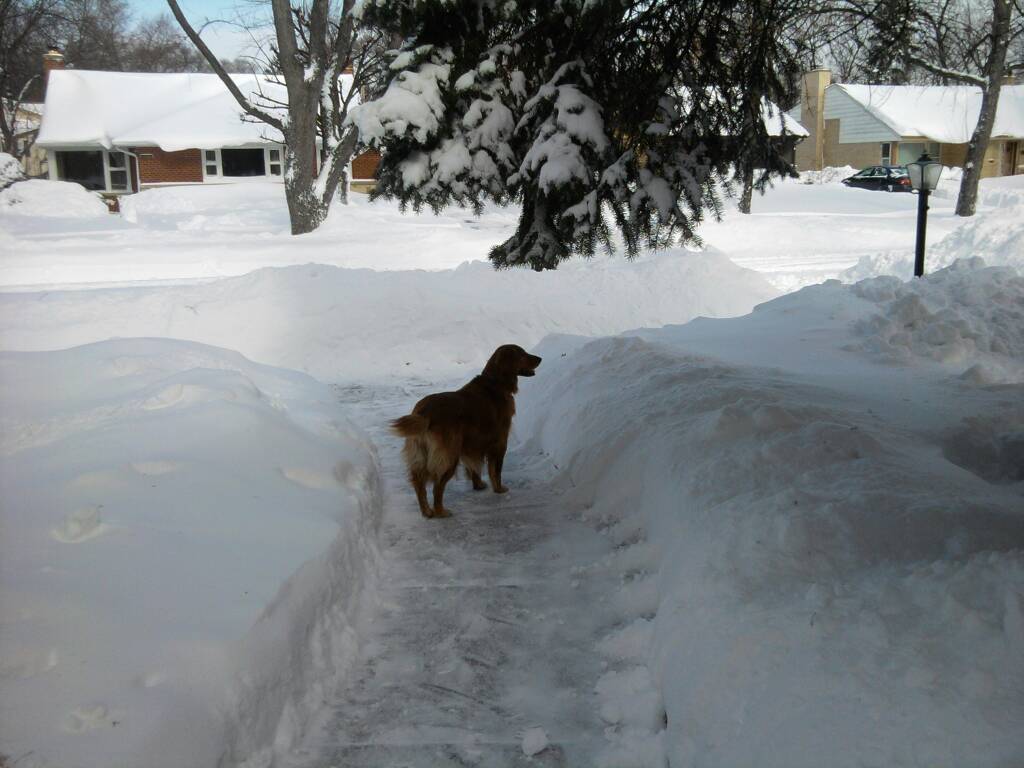Hi all!
My spouse and I play PF2e as a co-op gm-less game together (or maybe it would be considered a co-op co-gm game?). One of the things we allow is dual classing when we’re playing this way to round out our party of two a bit better.
So here’s the thing, I’m playing a Wild Druid and I can’t for the life of me figure out what other class pairs well with it. It seems like a lot of classes don’t work with Wild Shape too well. I’ve never had this issue with previous class combos, but I’m struggling with druid.
My spouse is playing a champion/sorcerer to give an idea of the party dynamics.
Does anyone have any suggestions?
Fighter’s of course a strong choice for battle - The +2 status bonus to hit helps, but honestly the battle form itself holds the combo back.
I like Wizard for utility. Shrink item pairs so well with Shape Wood, you could make a bunch of big wooden edifices and deploy them as needed, and occasionally bluff edifices you haven’t actually pre-built with illusory object.
Yeah, that was my big struggle. I love the idea of a character who shapeshifts into animals for combat, but Wild Shape doesn’t really keep up. And I get it, Druid is also a full caster. I guess I wish we had a Shifter class for PF2e.
Druid/Wizard is an interesting combination I hadn’t thought about. I’ll have to fiddle with that in Pathbuilder, for sure.
You know, Barbarians are pretty close to Shifters aesthetically, maybe there’s something there? I haven’t really looked all too deep into animal barbs myself, but there might be some potential.
Huh. I think you’ve got an excellent point there. Maybe barbarian would work better for this concept than druid. I haven’t played a barbarian yet so I completely forgot animal instinct was a thing!
A partner co-op/co-GM game sounds amazing! My gut was to recommend Monk (in addition Fighter mentioned by @GolGolarion@pathfinder.social ) as I play one currently and Flurry of Blows (+ Stand Still) are a lot of fun. I think these two ideas are also backed up by Steel’s and Gortle’s guides linked here: https://zenithgames.blogspot.com/2019/09/pathfinder-2nd-edition-guide-to-guides.html (under Druid guides).
Thank you for the link! I’ll read through that during my lunch break.
Co-op gaming has been a blast! We use Mythic GME 2nd Edition to flesh out situations, decisions, NPCs, locations, plotlines, etc. We also use tarot cards to quickly flesh out NPCs that might be more important to the plot (basically draw three cards and those are the NPCs background and motivations). We use things like PF2 Easy Tool and one of the encounter generator tools for combat.
It’s a rules heavy game for this kind of play, but we both know the rules well enough that it isn’t so bad. And it helps us practice the more obscure rules. We aren’t afraid to take a minute to read up on rules like you might be in a group setting. There’s a lot of conversation between us that I don’t see in my group games.
We’re also both in it for the story and creativity, so it doesn’t bother us when we do secret checks out in the open. We’ll still play our characters as if they have no idea they failed, often times the failure is more fun anyways!
Mythic seems to be very popular for this sort of thing, I need to check it out and I love the tarot card idea! I can definitely see the benefit to the slower pacing allowing you to dig in to the rules.
There are alternatives to Mythic, but what I like is that it can give you plot twists in the form of scene interruptions (where your next scene is a different scene than what you expect. You thought you were sneaking into the castle dungeon, but instead you find yourself in the guard room!) or scene alterations (where the scene is what you thought, but there’s something a little different than what you thought. Maybe you get into that castle dungeon, but there’s a prisoner you didn’t expect or there’s a guard dog on alert instead of just a sleepy guard, etc.). It helps keep things a little random, even if you have an idea of where you want the story to go.
I actually use Mythic when I’m running games with a full party, too. When my players stump me, I can quickly ask Mythic a question or use its descriptions to figure out what comes next.
Ah, very cool! Sounds similar to success with a complication mechanic in other games. I just assumed it was a deck of yes/no cards (along with other randomizers).
I have a druid that I have a build stock standard, with free achetype, and dual class and I use monk. Partially because flurry of blows action economy really helps since you lose so much getting into combat and partially because the speed bonus is really nice with forms and partially because stand still is great with reach and partially because I like timeless nature and I can use the monks equivalent to free up a druid feat and partially because my build regardless has teleportation so the monk can sub that out to.



